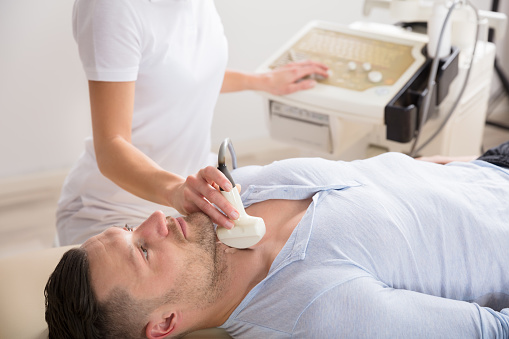
A study published in JAMA found that adolescent and young adult cancer survivors had a 73% higher risk for endocrine diseases compared with a matched population that did not have cancer.
This nationwide, population-based Danish cohort study followed patients from January 1, 1977, to December 31, 2010. They used the Danish Cancer Registry to identify 32,548 one-year cancer survivors diagnosed between 15 and 39 years and matched them based on year of birth and sex with 188,728 cancer-free participants who were randomly selected from the Danish Civil Registration system.
A Danish population-based study found that survivors of #cancer diagnosed in adolescence or young adulthood had a significantly higher risk for developing endocrine disease later in life. Learn more via @medpagetoday https://t.co/Jq2Ga2CCJG #news
— JAMA Network Open (@JAMANetworkOpen) July 1, 2018
A total of 2,129 survivors (6.5%) had at least one hospital contact for an endocrine disease, while 1,232 (3.8%) of the background population were expected to have done so (hospitalization rate ratio [RR] = 1.73). RRs were highest for testicular hypofunction, ovarian hypofunction, and pituitary hypofunction. The leading reasons for hospital visits were thyroid disease (38%), testicular dysfunction (17.1%), and diabetes (14.4%).
Endocrine Late Effects in Survivors of Cancer in #AYA Adolescence and Young Adulthood https://t.co/LgwSlpm3Sb @JAMANetwork
— Rabi Hanna (@RabiHannaMD) June 30, 2018
Leukemia survivors had a high risk for any endocrine disease, and Hodgkin lymphoma survivors had the highest disease-specific excess risk for hypothyroidism.
Source: JAMA

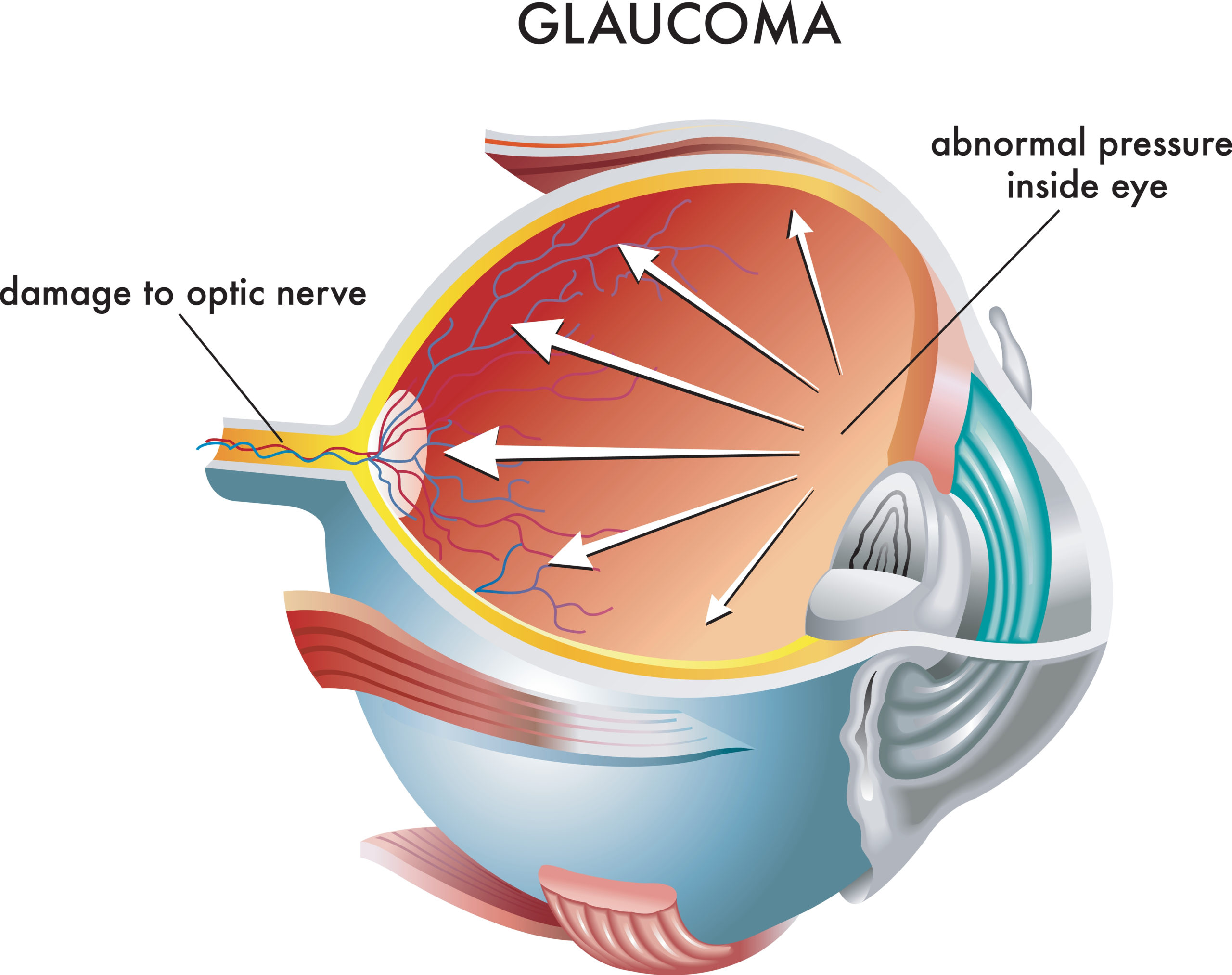
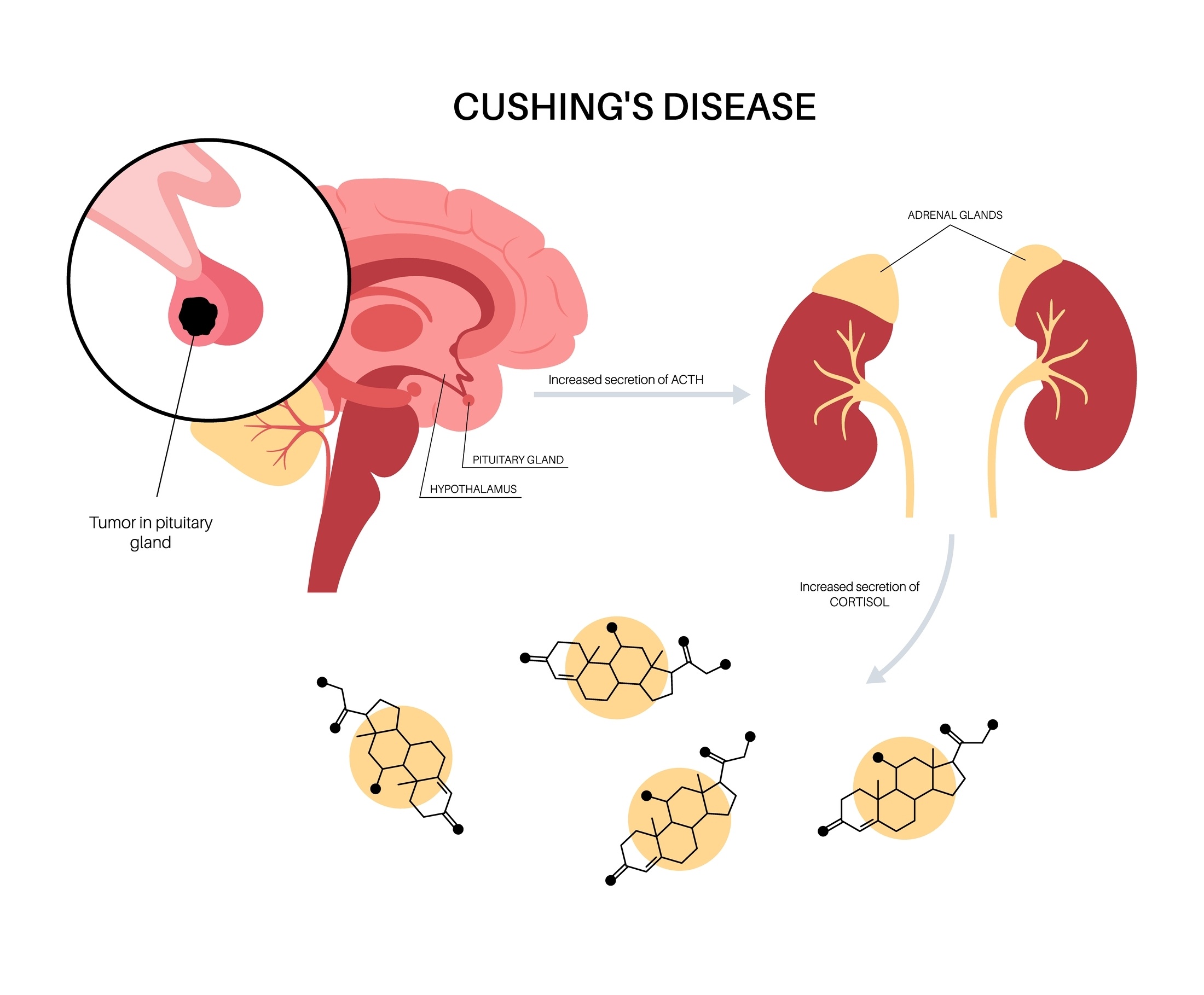
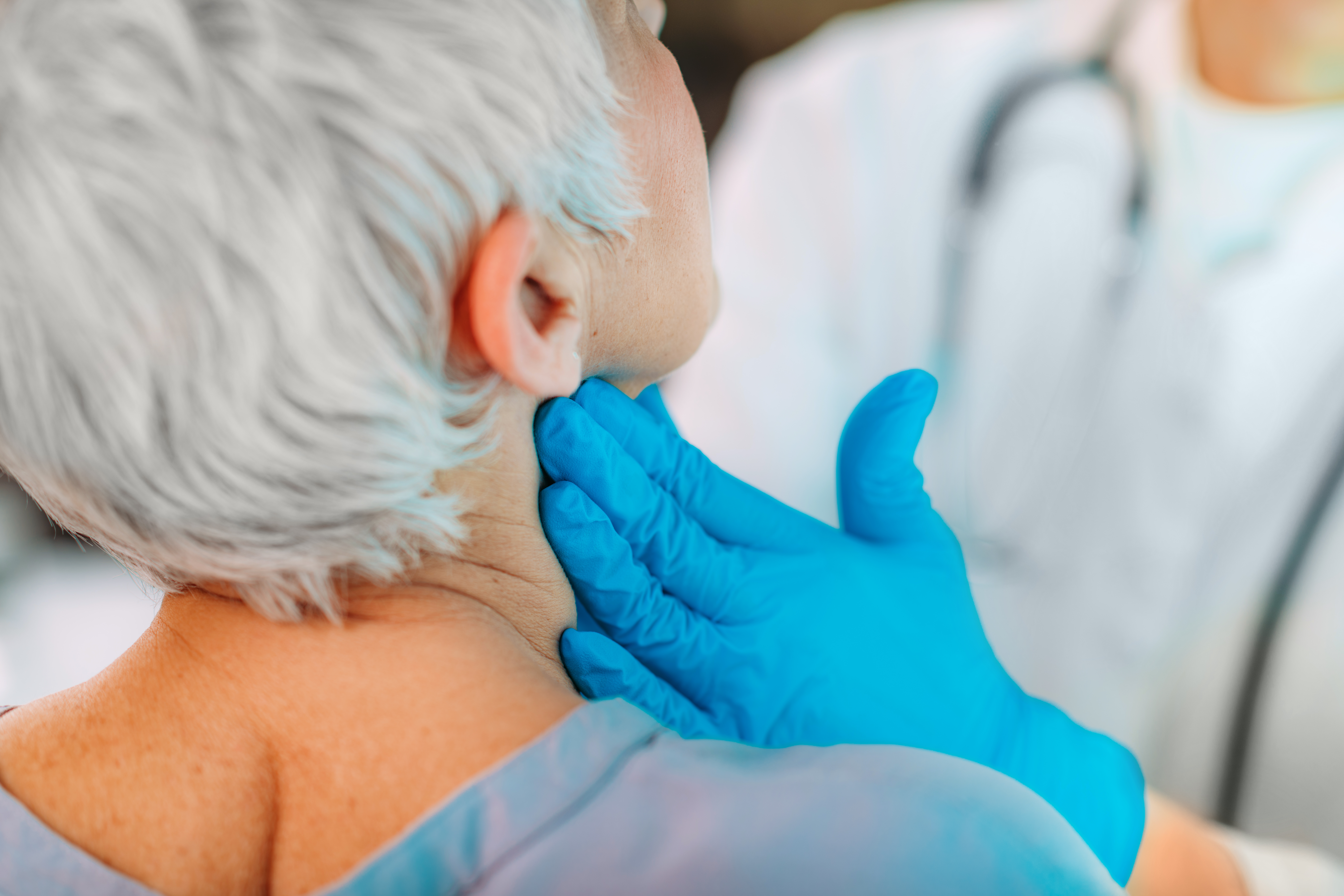
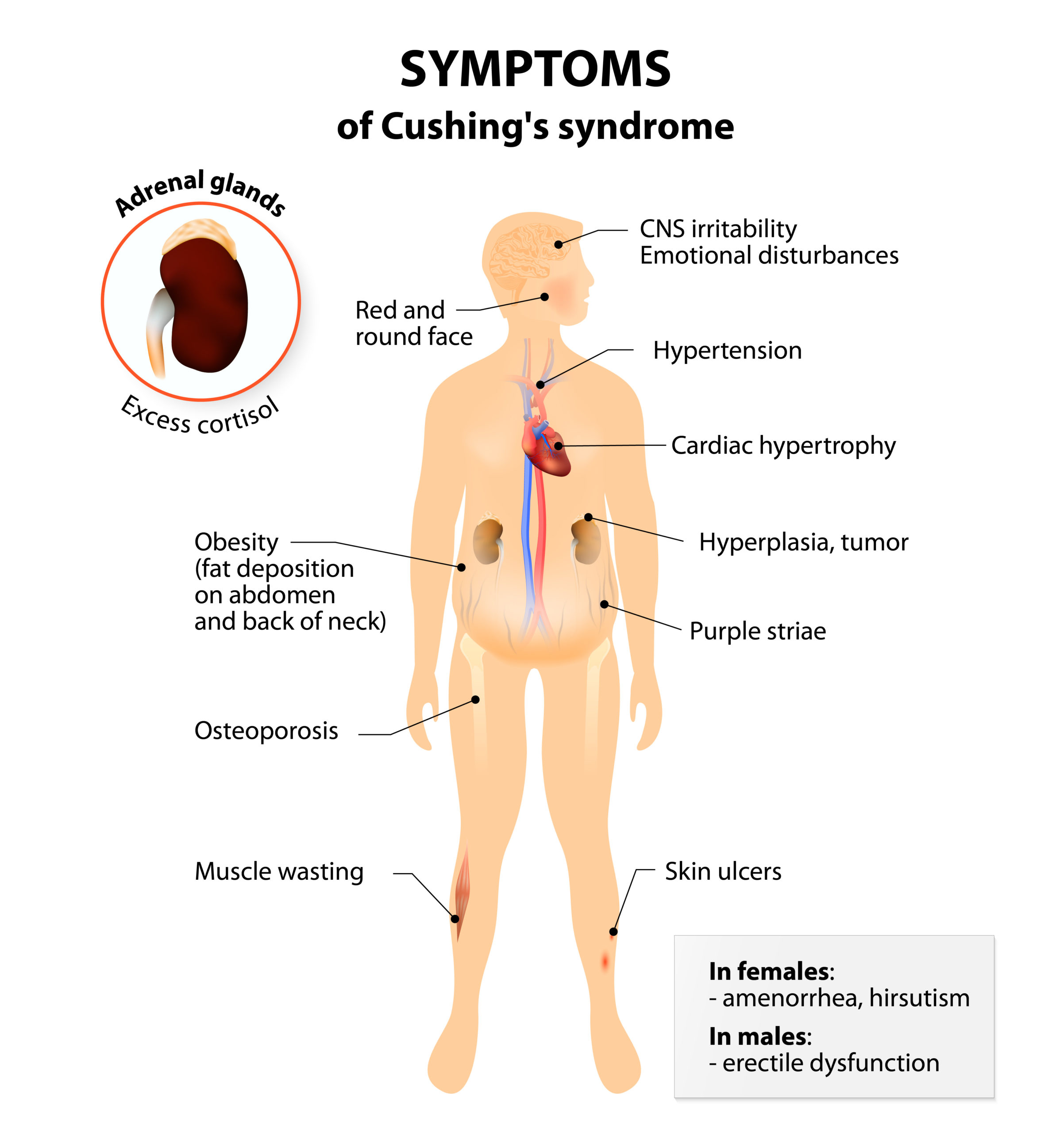
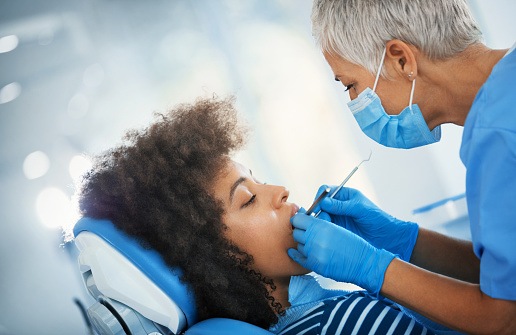

 © 2025 Mashup Media, LLC, a Formedics Property. All Rights Reserved.
© 2025 Mashup Media, LLC, a Formedics Property. All Rights Reserved.